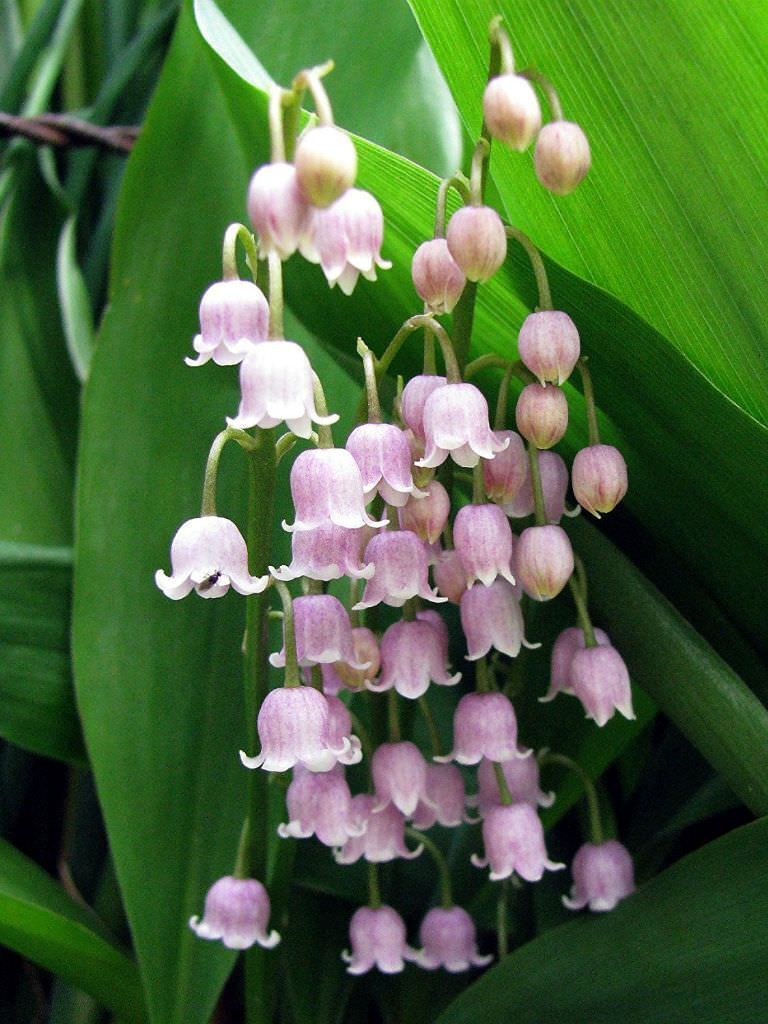

PINK LILY OF THE VALLEY~CONVILLARIA 'ROSEA'~LIVE PLANTS~PIPS~FRAGRANT FLOWERS!!!
Culture
Easily grown in moist, fertile, organically rich, well-drained soils in part shade to full shade. Performs well in sun-dappled shade. In optimum growing conditions, it will spread rapidly by rhizomes to the point of being weedy, to form dense colonies in the landscape. Tolerates a wide range of soil conditions, including dry and clay soils. This is a long-lived plant which naturalizes readily in woodland areas, possibly negatively affecting native plant populations. Flowering may decrease over time, however, at which point dividing the plants may become appropriate. This is a cool weather perennial which is not recommended for growing in hot and humid summer climates where it will perform poorly. May easily be propagated in spring or fall by root division.
Noteworthy Characteristics
Convallaria majalis, commonly known as lily-of-the-valley, is a rhizomatous herbaceous perennial that that typically forms an indefinitely-spreading ground cover to 8-12” tall. It is native to Europe, but has escaped cultivation and naturalized over time throughout much of temperate eastern and central North America plus parts of the northwestern United States. Foliage and flowers make this an attractive and beloved shade garden wildflower. Each plant has 2 to 3 parallel-veined lanceolate-ovate to elliptic green leaves (to 5-10” long and to 1-3” wide). In spring, an erect to slightly arching flowering stem rises from the center of each leaf clump bearing a one-sided raceme (to 4-9” long) of nodding, bell-shaped, sweetly fragrant, white flowers (corollas to 1/3” long) which bloom in early to mid-spring. Each raceme typically contains 5-10 flowers. Globoid orange-red berries may appear in fall, each berry containing 1-6 seeds.
majalis 'Rosea' - pink flowers
majalis - white flowers
All parts of this plant are very poisonous because they contain cardiac glycosides.
Genus name comes from the Latin word convallis meaning a valley.
Specific epithet means of or belonging to May in reference to the month of flowering.
Uses
Best as a ground cover for shady areas where aggressive spread is desired. May be too rambunctious for shady areas of rock gardens or borders. Popular cut flower. Performs well under the shade of trees and shrubs.
|
|
|
|||
|
|
|










